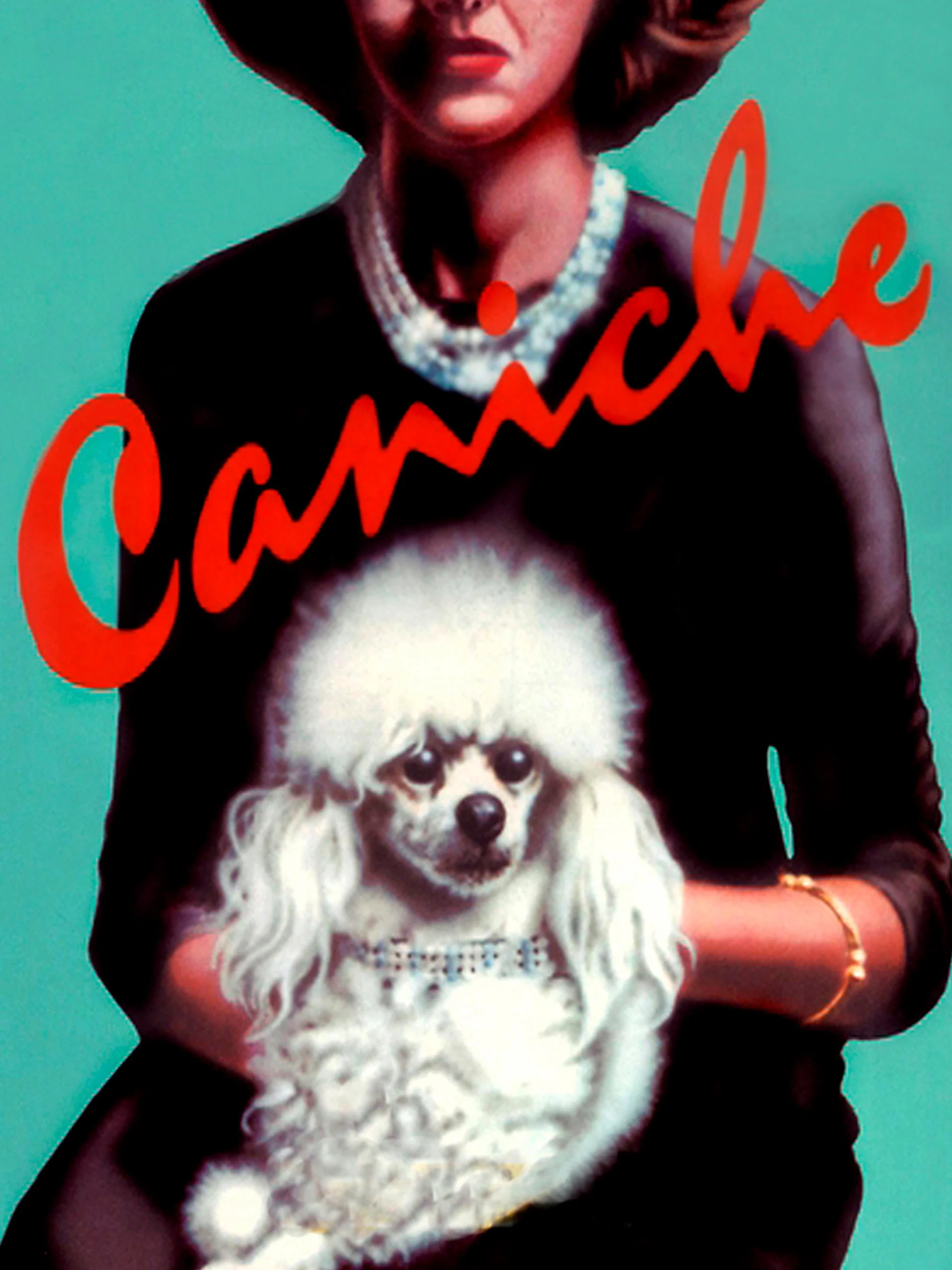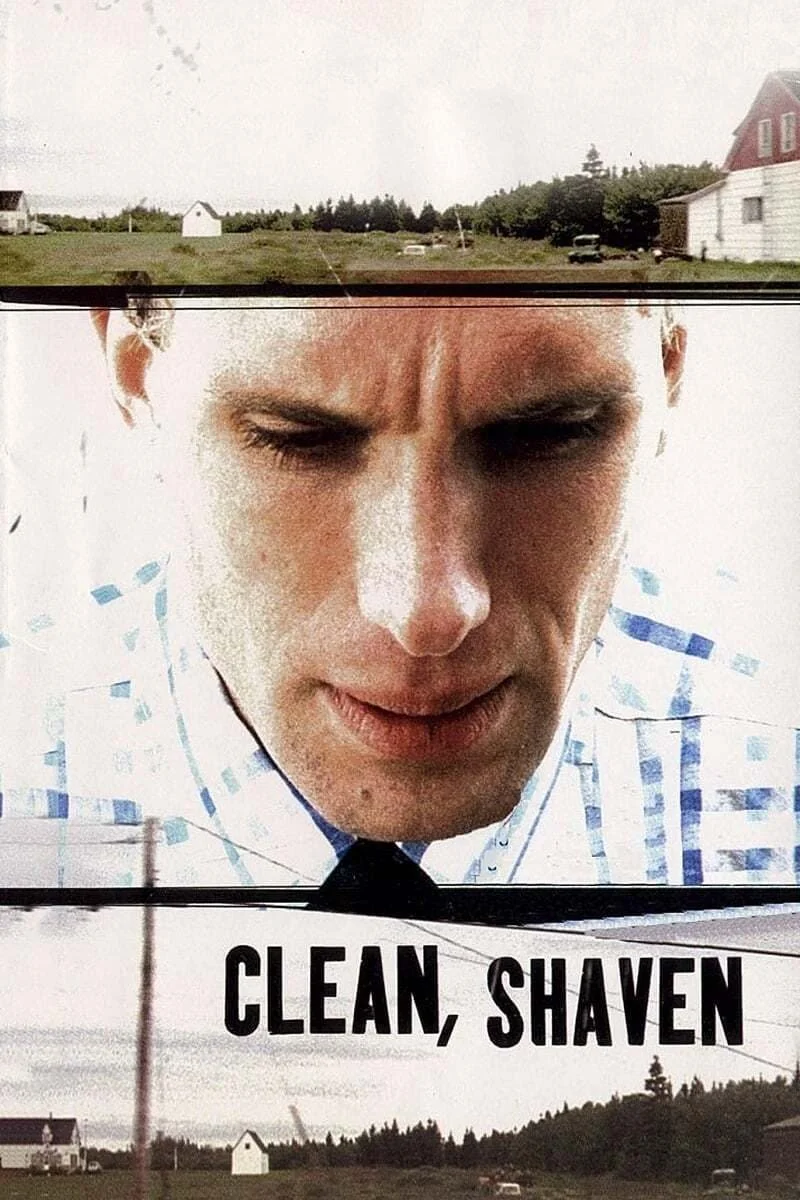DISTURBING MOVIES Part II: 15 Unsettling Titles
When does art become depravity? That is the fine line that the directors in today’s list constantly walk. From Korean torture flicks to Japanese sadomasochistic features, one thing that seems to unite all these movies is a deep fascination with the darkest and most deranged elements of the human psyche. These stories offer some form of catharsis, an escape from reality that is sickening but endlessly entertaining and captivating. Like a scab forming over a wound, you can’t help picking at it. Clowns with machine guns, real life cannibals, and mutually destructive relationships, there is definitely a tale that will pique your interest here.
Come join GATA as we take another journey into the depraved world of disturbing cinema. Just heed the warning of the German philosopher Nietzsche and don’t get lost in the “abyss”.
TITICUT FOLLIES
Frederick Wiseman (1976)
First up on our list is a 1967 direct cinema classic that shines a light on an often forgotten section of society, the clinically insane. Titicut Follies follows the lives of the patients/inmates at. Bridgewater State Hospital for the Criminally Insane, highlighting the abusive and often deplorable behaviour of the workers there. From claustrophobic empty cells, forced feeding and bullying, filmmaker Frederick Wiseman refuses to shy away from the harsh reality of his subjects.
Upon release, the film saw strong opposition from the Massachusetts government on the ground that the film violated the privacy and dignity of its inmates, even though Wiseman received explicit consent from all inmates involved and also that of the hospital superintendent, who was regarded as their legal guardian. In 1968, Massachusetts Superior Court judge Harry Kalus ordered the film to be recalled from distribution and all copies be destroyed. This was the first time in American film history that a film was banned for reasons other than obscenity, immorality or national security.
2. MACABRE
Timo Tjahjanto, Kimo Stamboel (2009)
Macabre is an adrenaline-inducing horror slasher from Indonesia, based on the 2007 short film Dara. While Japanese and more recently Korean cinema has taken the spotlight when it comes to twisted and gory tales, we can’t forget the waves that Indonesian cinema has made. The film won Best Indonesian film at the 2010 Jakarta International Film Festival and featured a stunning and engaging performance from lead actress Shareefa Daanish.
The film centres on newlyweds Adjie and Astrid as they embark upon a road trip to reconnect with estranged family member Ladya. What begins as a journey filled with good intentions quickly spirals into a hellish scenario featuring an isolated house in the woods and a manic and crazed family. Horribly violent and bloody, this film will have you retching in disgust and clawing at your eyes, in the hope that the madness will stop. Watch at your own peril.
3. IN MY SKIN
Marina De Van (2002)
In My Skin is a pathologically disturbing treatise on the nature of self-mutilation. Released in 2002 and directed by Marina de Van, the film is a great example of the New French Extremity movement, a term coined by Artforum critic James Quandt to classify transgressive and genre-bending films created by French directors at the turn of the 21st century. While he initially intended for the term to be a negative slur, the films that belong to this group have garnered a cult-like following and equally have been met with respect and admiration by some critics.
The film tells the story of Esther, a woman who seems to have the perfect life from the outside. After injuring her leg at a house party, she soon discovers that she has a penchant for self-mutilation. What begins as a seemingly innocent fascination turns into an obsessive and unstable fixation on pain.
4. COLDFISH
Sion Sono (2010)
Coldfish is a nihilistic and gory black comedy from the director of Suicide Club, Sion Sono. Winner of best screenplay at Fantastic Fest 2010, the film was inspired by real-life crime cases from Japan, such as the murder spree of a dog kennel owner in the 1990s, and was claimed by Sono to be his depiction of a state of hopelessness, something that Japanese films were lacking at the time.
Coldfish explores the day-to-day life of tropical fish shop owner Nobuyoki Shamoto. A seemingly normal and unassuming person, he changes the lives of a bored suburban couple forever when he hires their daughter to work in his shop and his sinister and disturbing interests are brought to light. What follows is an absurd broth of sex, violence and dark humour that could only be created in Japan.
5. CANIBA
Verena Paravel, Lucien Castaing-Taylor (2017)
A film that explores the terrifying nature of humanity, through the eyes of notorious murderer and cannibal Issei Sagawa. In 1981, while studying in France, Issei Sagawa, also known as the Kobe Cannibal, murdered and ate his classmate Renée Hartevelt. Sagawa was eventually arrested but due to a legal loophole, he only faced two years of pre-trial detention on the grounds that his insanity prevented criminal prosecution. He was subsequently released and has been a free man ever since, an act that has been heavily criticised by the public. However, what is weird about this story is the underground and cult celebrity status that Sagawa achieved in his home country after his release.
Caniba explores this character, dealing with the darkest depths of human nature. Rather than explain or cast judgment on the events or individual, the film focuses on a direct relationship between filmmaker and subject, giving Sagawa unrestrained space to express his abhorrent motivations. A film you won’t want to rewatch for sure.
6. THE ISLE
Kim Ki-duk (2000)
The next film on our list is an idiosyncratic and creepy film from Korean director Kim Ki-duk. Known for his unique films that skirt outside the mainstream, tackling themes that range from Buddhist spirituality to the lives of gangsters, The Isle continues this tradition.
The film takes place on a series of floating cottages resting on an isolated lake, the idyllic getaway for fishermen trying to get away from society. Hee-jin, a woman who lives in one of the shacks often brings them supplies and even prostitutes, sometimes going so far as to service them herself. When she meets Hyun-Shik, a disgraced ex-policeman who murdered his own wife, a twisted sadomasochistic relationship unfolds, one with sickening ramifications. For fans of Kim Ki-duk’s most famous work Spring, Summer, Fall, and Winter you won’t be disappointed.
7. THE LAST CIRCUS
Alex de la Iglesia (2010)
From acclaimed director Álex de la Iglesia comes a dark, surreal and comedic affair of love and show business-The Last Circus. Clowns with guns, what more do you need? A grotesque allegory set upon the backdrop of the Spanish civil war, this film is the gruesome and demented companion piece to Guillermo del Toro’s Pan’s Labyrinth.
When young trapeze artist Natalia joins the circus, she finds herself involved in a disturbing love triangle involving the sad clown, Javier and his counterpart the funny clown, Sergio- a sick and sadistic man prone to violent outbursts. Melodramatic and sprinkled with dark comedic touches, the film flip-flops from extreme emotions leaving you feeling utterly drained by the time the final curtain falls.
8. ANGST
Gerald Kargl(1983)
Estresante desde el minuto uno, angst cuenta la historia real acurada de el
One of the most terrifying entries in the annals of cinema history is Gerald Kargl’s dissection of the mind of a serial killer, Angst. Described as one of the major influences on the transgressive work of Gaspar Noé, Angst was described by the filmmaker as “the rarest masterpiece of cinema”.
When an unnamed serial killer (played by Erwin Leder) is released from prison after ten years for the murder of an elderly woman, he quickly sets off in pursuit of another victim and finds his prey in the form of an innocent family, whom he proceeds to torture.
The film received widespread acclaim for its camera work, score and Erwin Leder’s performance, however, it was criticised intensely, being banned all over Europe for its extreme portrayal of its violent acts.
9. GROTESQUE
Kōji Shiraishi (2009)
Young couple Aki and Kazuo are on their first date, when they are suddenly kidnapped by a man who proceeds to torture them only pausing to give them medical treatment in order to prolong the punishment. A torture porn film in the spirit of Japanese series Guinea Pig, director Koji Shiraishi pulls no punches in his story telling refusing to back down on his deranged vision of horror. He went so far in his film that the British Board of film Classification refused to issue the film an 18 certificate and banned its release completely in the United Kingdom.
When asked about his rationale for a blanket ban, BBFC director David Cook stated “Unlike other recent 'torture' themed horror works, such as the Saw and Hostel series, Grotesque features minimal narrative or character development and presents the audience with little more than an unrelenting and escalating scenario of humiliation, brutality and sadism. In spite of a vestigial attempt to 'explain' the killer's motivations at the very end of the film, the chief pleasure on offer is not related to understanding the motivations of any of the central characters. Rather, the chief pleasure on offer seems to be wallowing in the spectacle of sadism (including sexual sadism) for its own sake”
10. MARTYRS
Pascal Laugier (2008)
Martyrs is a transgressive psychological horror written and directed by Pascal Laugier that received many polarising reviews from critics when it premiered at the 2008 Cannes Film Festival. Exploring concepts of abandonment, torture and revenge, the film poses the question of how far a person can descend in their quest for revenge. Unlike typical torture films like Saw or Hostel the film genuinely feels like it could have been based on real events, and it is this semi-basis in reality that elevates the tale to frightening heights. Definitely not to everyone's taste, this film was rejected by almost every French studio and leading actress at the time, further highlighting its extreme content.
11. TAXIDERMIA
György Pálfi (2006)
Taxidermia from 2006 is a tragic comedy delivering a gluttonous three-course meal of sickening vignettes and nauseating imagery. The film spans numerous generations providing a social and political allegory that represents the history of Hungary from the advent of the Second World War all the way up to the present day.
Featuring a pervert that is continually unsatisfied with his desires, a grossly obese speed eater and a passionate taxidermist, the film has an insanely ambitious scope and subject matter. While many may not be able to stomach this vomit-inducing tale, those who manage to sit through its runtime will be rewarded in one way or another.
12. CANICHE
Bigas Luna (1979)
In this film, human perversion collides with a pack of adorable little dogs.
With a bizarre and unsettling atmosphere, Bigas Luna slowly peels back the layers of trauma haunting a family trapped in their own decadence. A perfect example of the early, twisted work of Spanish director Bigas Luna.
Caniche (Poodle) dives into the grotesque and the intimate, blending domestic tenderness with hints of cruelty. Set in a decaying bourgeois home, the story follows two siblings entangled in a claustrophobic relationship, where control, repression, and twisted affections reign.
13. BILBAO
Bigas Luna (1978)
Another early masterpiece from Bigas Luna. Set in a deeply bleak atmosphere, we follow Leo, a man whose obsession with a prostitute named Bilbao pushes him to unthinkable extremes.
A disturbing portrait of desire, control, and the blurred lines between love and violence, Bilbao marks one of Luna’s most haunting explorations of the male psyche.
14. CLEAN, SHAVEN
Lodge Kerrigan (1993)
In Clean, Shaven, we follow Peter, a man struggling with schizophrenia while searching for his lost daughter. We’re taken deep into his mind, through voices, paranoia, self-mutilation, and tense moments with his unstable mother.
A disturbing look at mental illness, told in a raw and intimate way.
15. ANIMAL LOVE
Ulrich Seidl (1995)
Animal Love is a disturbing yet intimate documentary-style film by Austrian director Ulrich Seidl. It portrays the unsettling relationships between humans and their pets, exploring themes of loneliness, dependency, and the need for control. Through long, static shots and an unflinching gaze, Seidl captures moments where affection towards animals blurs into obsession, offering a bleak reflection on human isolation and emotional disconnection.
Curated by Marta Espinosa




